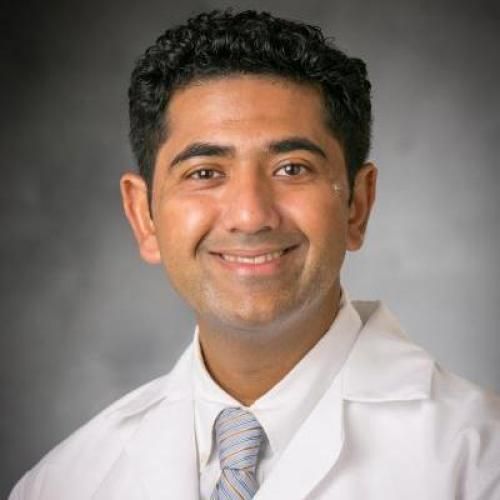Preliminary report on cardiac dysfunction after isolated traumatic brain injury.
OBJECTIVE: The aim of this study was to examine cardiac dysfunction during the first 2 weeks after isolated traumatic brain injury and its association with in-hospital mortality. DESIGN: Retrospective. SETTING: Level 1 regional trauma center. PATIENTS: Adult patients with severe traumatic brain injury. METHODS: After institutional review board approval, data from adult patients with isolated traumatic brain injury who underwent echocardiography during the first 2 weeks after traumatic brain injury between 2003 and 2010 were examined. Patients with preexisting cardiac disease were excluded. Clinical characteristics and echocardiogram reports were abstracted. Cardiac dysfunction was defined as left ventricular ejection fraction less than 50% or presence of regional wall motion abnormality. INTERVENTIONS: None. MEASUREMENT AND MAIN RESULTS: We examined data from 139 patients with isolated traumatic brain injury who underwent echocardiographic evaluation. Patients were 58 ± 20 years old, 66% were male patients, and 62.6% had subdural hematoma; admission Glasgow Coma Scale score was 3 ± 1 (3-15) and head Abbreviated Injury Scale was 4 ± 1 (2-5). Of this cohort, 22.3% had abnormal echocardiogram: reduced left ventricular ejection fraction was documented in 12% (left ventricular ejection fraction, 43% ± 8%) and 17.5% of patients had a regional wall motion abnormality. Hospital day 1 was the most common day of echocardiographic exam. Abnormal echocardiogram was independently associated with all cause in-hospital mortality (9.6 [2.3-40.2]; p = 0.002). CONCLUSIONS: Cardiac dysfunction in the setting of isolated traumatic brain injury occurs and is associated with increased in-hospital mortality. This finding raises the question as to whether there are uncharted opportunities for a more timely recognition of cardiac dysfunction and subsequent optimization of the hemodynamic management of these patients.
Duke Scholars
Altmetric Attention Stats
Dimensions Citation Stats
Published In
DOI
EISSN
Publication Date
Volume
Issue
Start / End Page
Location
Related Subject Headings
- Young Adult
- Troponin I
- Stroke Volume
- Retrospective Studies
- Natriuretic Peptide, Brain
- Middle Aged
- Male
- Humans
- Heart Diseases
- Female
Citation
Published In
DOI
EISSN
Publication Date
Volume
Issue
Start / End Page
Location
Related Subject Headings
- Young Adult
- Troponin I
- Stroke Volume
- Retrospective Studies
- Natriuretic Peptide, Brain
- Middle Aged
- Male
- Humans
- Heart Diseases
- Female

